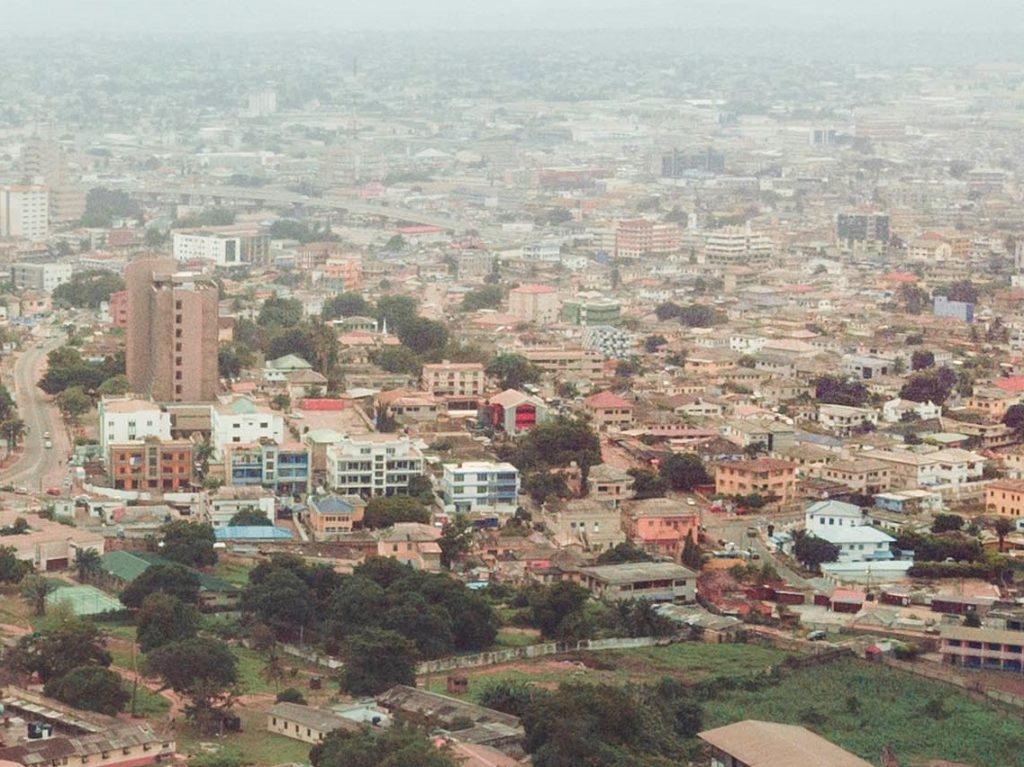Air Pollution Crisis Looms Over Africa’s Expanding Cities – Health Policy Watch
Air Pollution Crisis Looms Over Africa's Expanding Cities Health Policy Watch


Air Pollution Crisis Looms Over Africa’s Expanding Cities

Africa’s Rapid Urbanization and Air Pollution Crisis
Africa is home to many of the world’s fastest-growing urban centers – and a crisis of air pollution faces the continent’s rapidly expanding cities, according to a new Clean Air Fund report released Thursday.
Africa, home to the world’s youngest population, is expected to see its population nearly double by mid-century, reaching 3.9 billion by 2100.
Over 65% of Africa’s population will reside in urban areas by 2060, with the continent potentially hosting five of the world’s ten largest megacities by the end of the century, according to the report. The 600-mile coastline stretching from the Nigerian capital of Lagos to Abidjan in Cote d’Ivoire alone is projected to be home to around half a billion people by 2100.
Africa’s rapid urbanization is providing an engine for its fast-growing economies, but there is a significant hidden cost: air pollution.
Air Pollution’s Impact on Public Health
1. Which SDGs are addressed or connected to the issues highlighted in the article?
- SDG 3: Good Health and Well-being
- SDG 11: Sustainable Cities and Communities
- SDG 13: Climate Action
- SDG 17: Partnerships for the Goals
2. What specific targets under those SDGs can be identified based on the article’s content?
- SDG 3.9: By 2030, substantially reduce the number of deaths and illnesses from hazardous chemicals and air, water, and soil pollution and contamination.
- SDG 11.6: By 2030, reduce the adverse per capita environmental impact of cities, including by paying special attention to air quality and municipal and other waste management.
- SDG 13.1: Strengthen resilience and adaptive capacity to climate-related hazards and natural disasters in all countries.
- SDG 17.17: Encourage and promote effective public, public-private, and civil society partnerships, building on the experience and resourcing strategies of partnerships.
3. Are there any indicators mentioned or implied in the article that can be used to measure progress towards the identified targets?
- Number of premature deaths caused by air pollution
- Economic cost of air pollution
- Reduction in greenhouse gas emissions
- Implementation of policies to combat air pollution
- Investment in clean air measures
- Amount of aid directed at reducing air pollution in Africa
Table: SDGs, Targets, and Indicators
| SDGs | Targets | Indicators |
|---|---|---|
| SDG 3: Good Health and Well-being | 3.9: By 2030, substantially reduce the number of deaths and illnesses from hazardous chemicals and air, water, and soil pollution and contamination. | – Number of premature deaths caused by air pollution – Economic cost of air pollution |
| SDG 11: Sustainable Cities and Communities | 11.6: By 2030, reduce the adverse per capita environmental impact of cities, including by paying special attention to air quality and municipal and other waste management. | – Reduction in greenhouse gas emissions – Implementation of policies to combat air pollution – Investment in clean air measures |
| SDG 13: Climate Action | 13.1: Strengthen resilience and adaptive capacity to climate-related hazards and natural disasters in all countries. | – Reduction in greenhouse gas emissions |
| SDG 17: Partnerships for the Goals | 17.17: Encourage and promote effective public, public-private, and civil society partnerships, building on the experience and resourcing strategies of partnerships. | – Amount of aid directed at reducing air pollution in Africa |
Note: The indicators mentioned in the article are not exhaustive and additional indicators may be needed to comprehensively measure progress towards the identified targets.
Behold! This splendid article springs forth from the wellspring of knowledge, shaped by a wondrous proprietary AI technology that delved into a vast ocean of data, illuminating the path towards the Sustainable Development Goals. Remember that all rights are reserved by SDG Investors LLC, empowering us to champion progress together.
Source: healthpolicy-watch.news

Join us, as fellow seekers of change, on a transformative journey at https://sdgtalks.ai/welcome, where you can become a member and actively contribute to shaping a brighter future.







